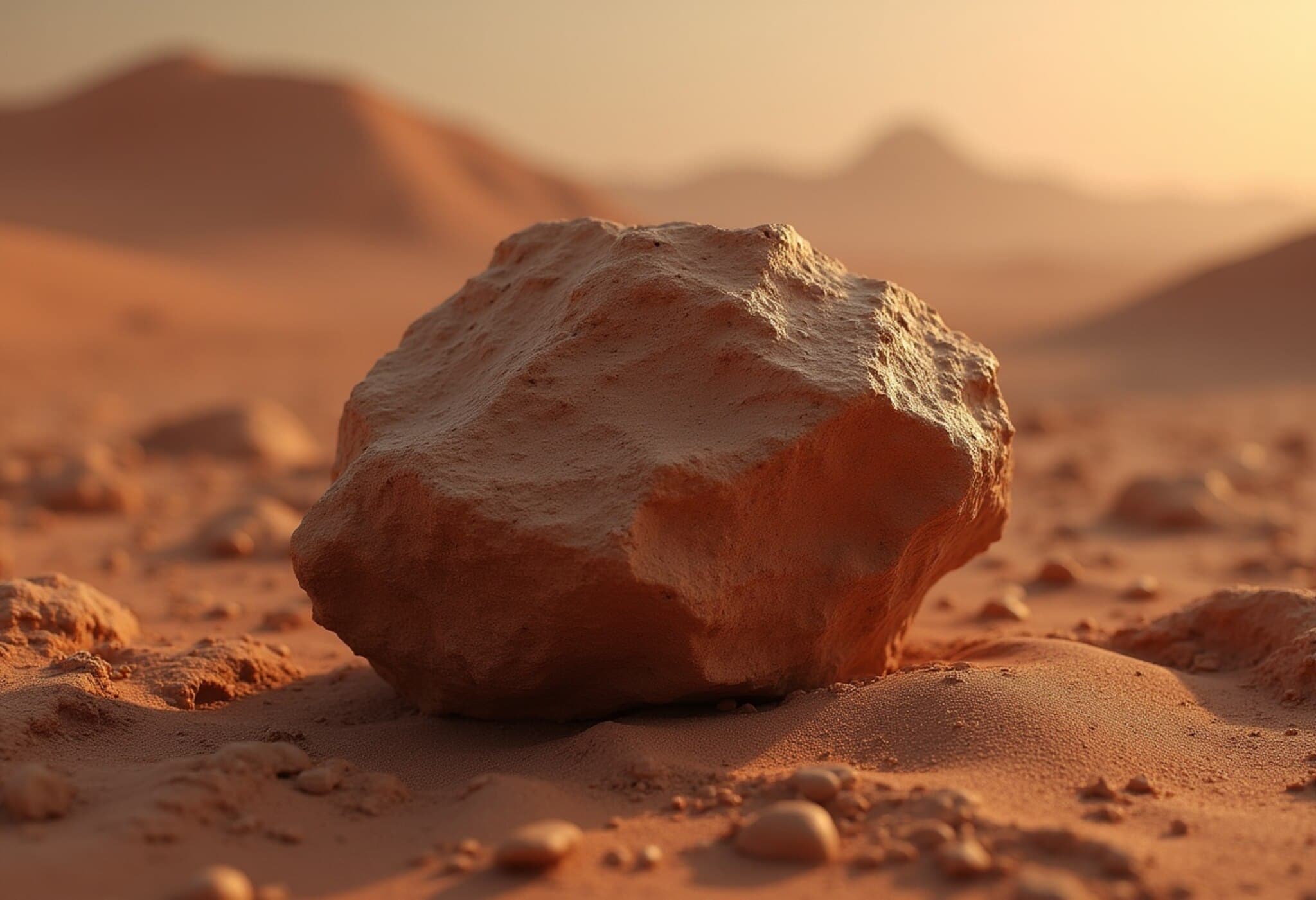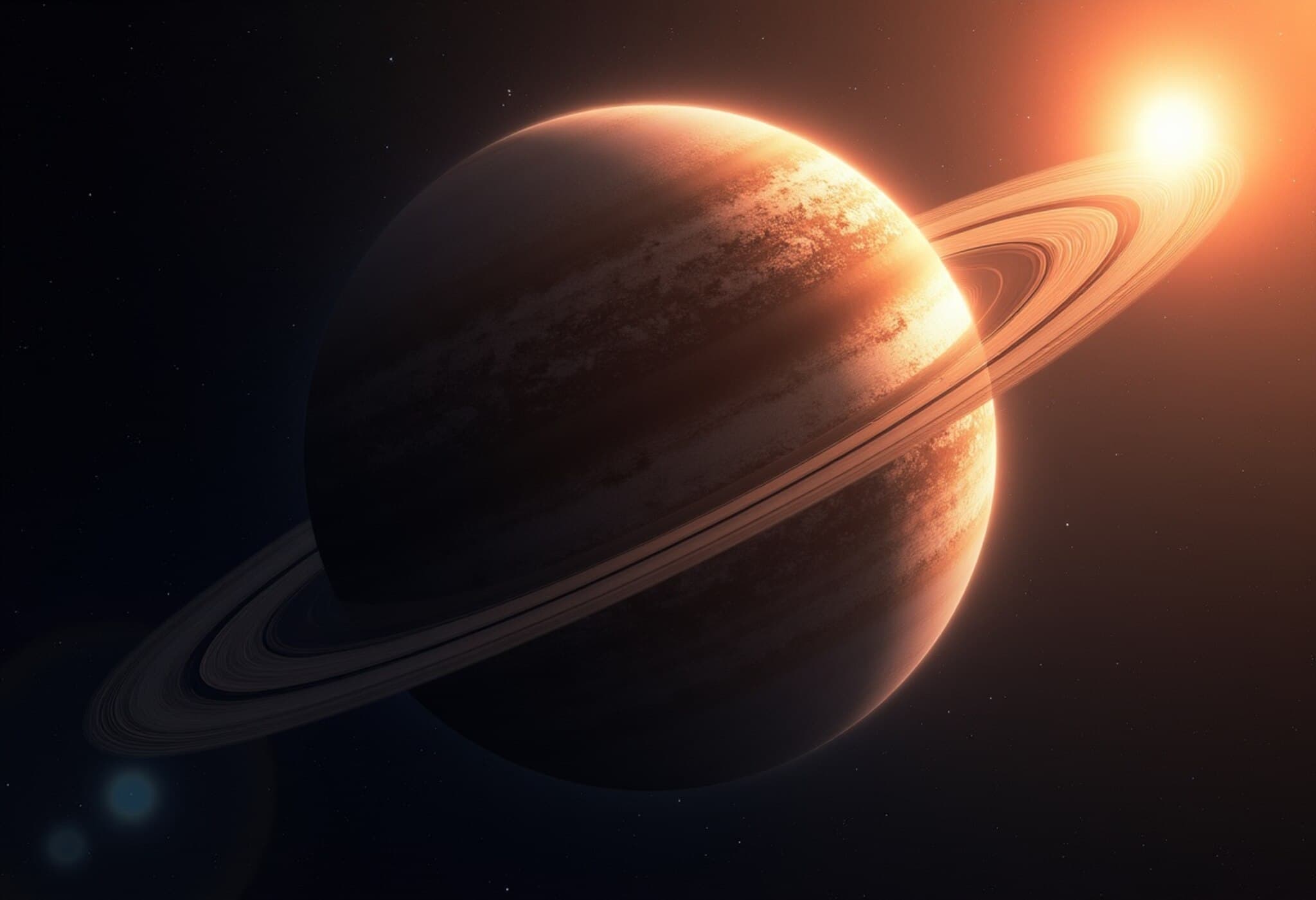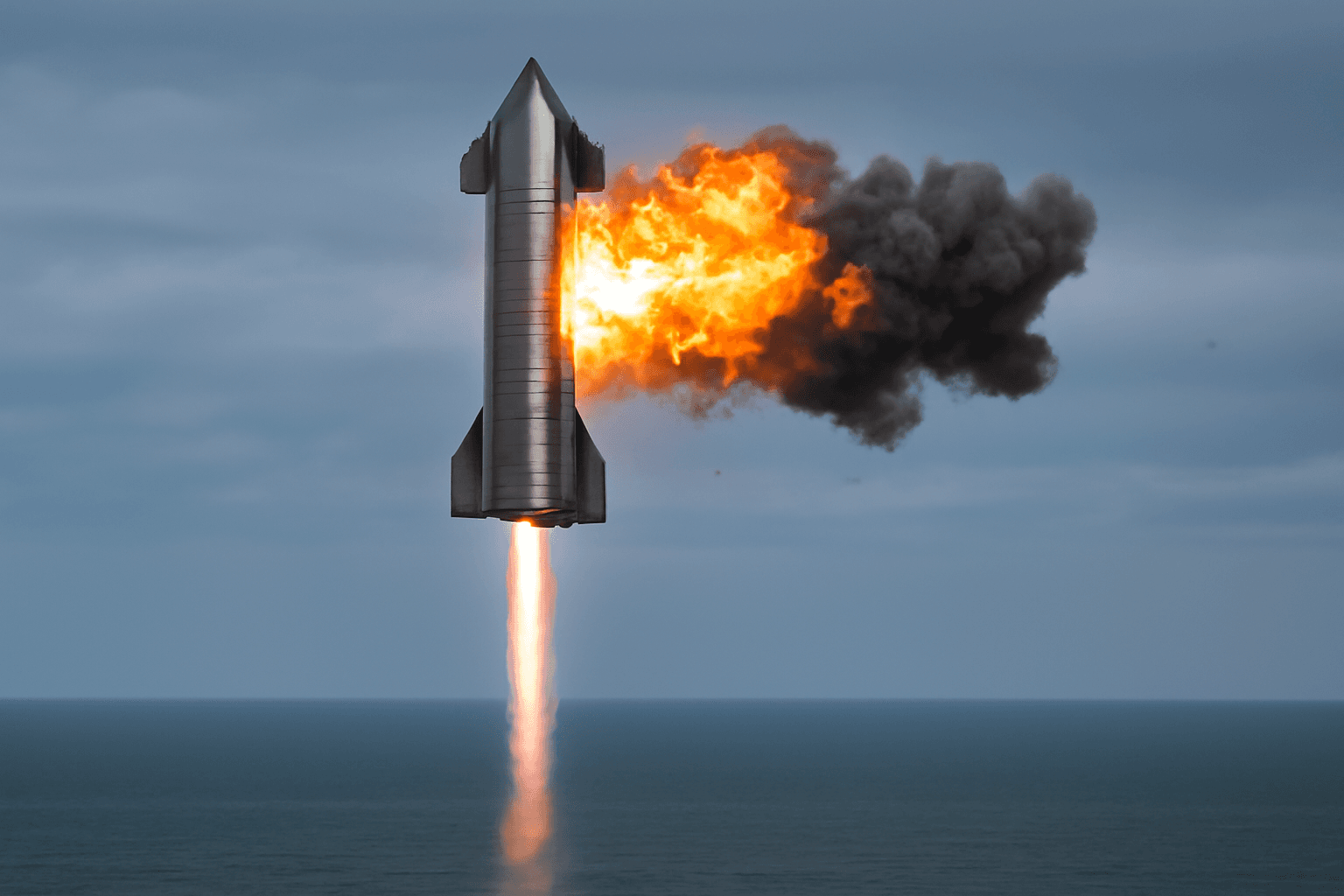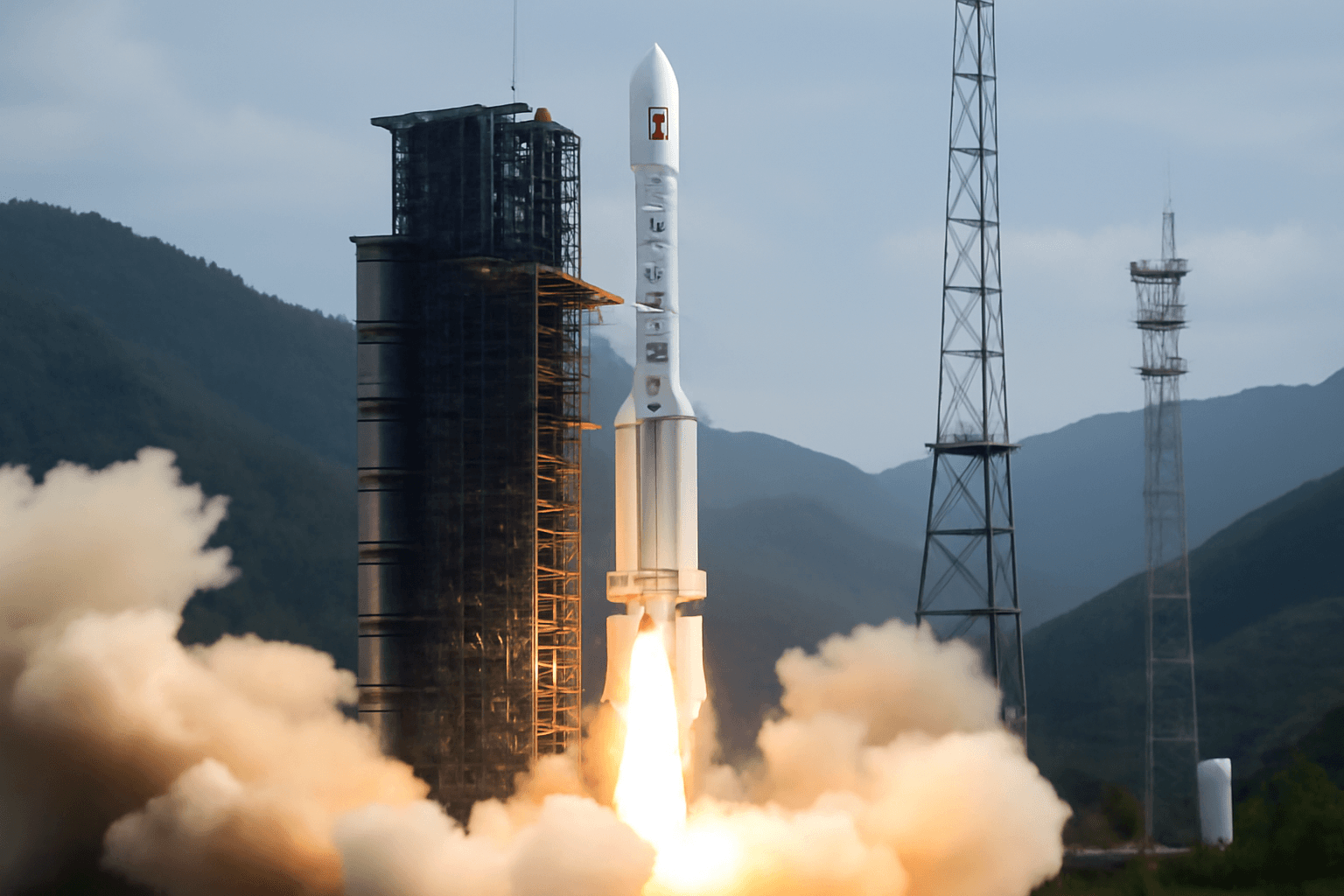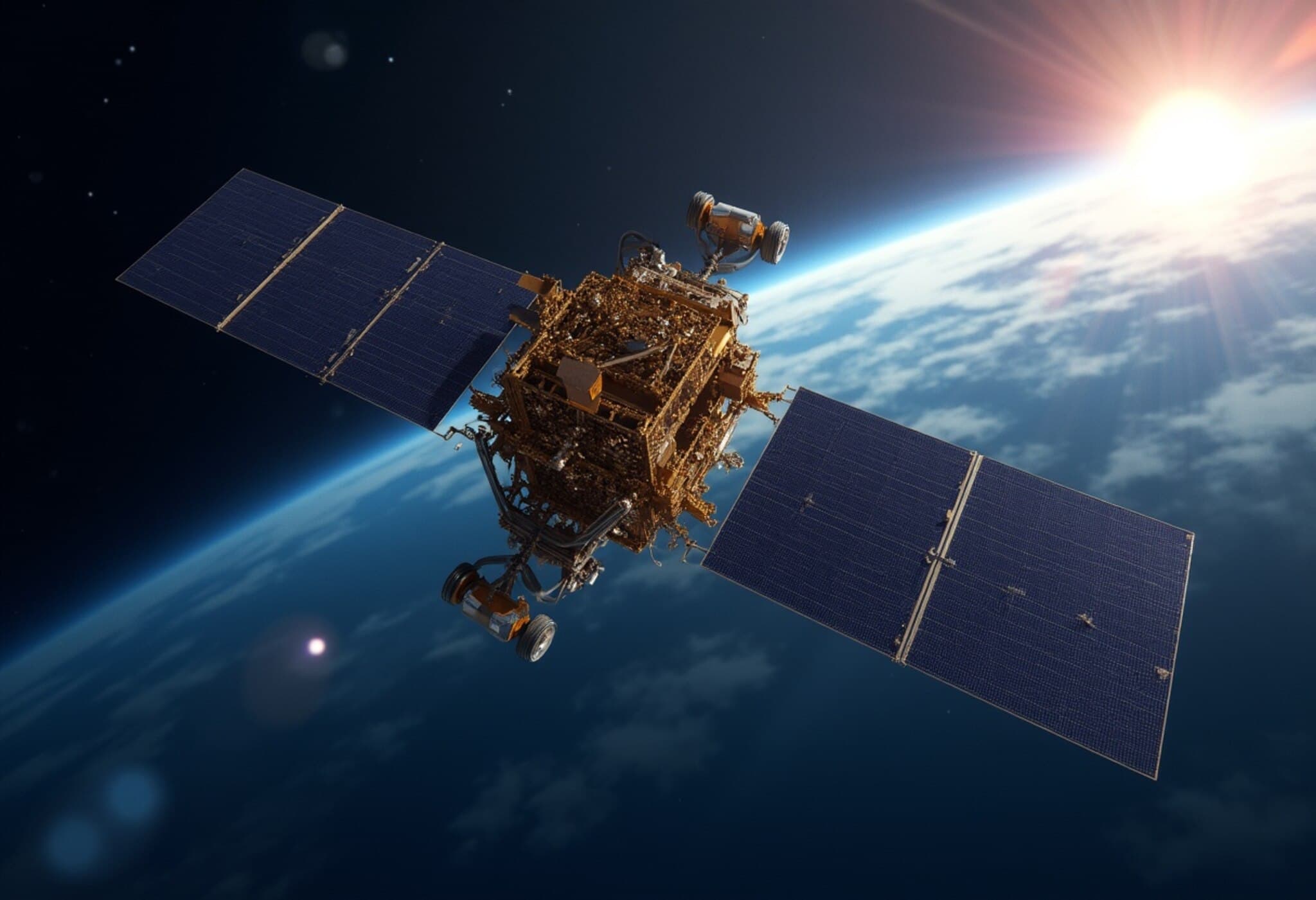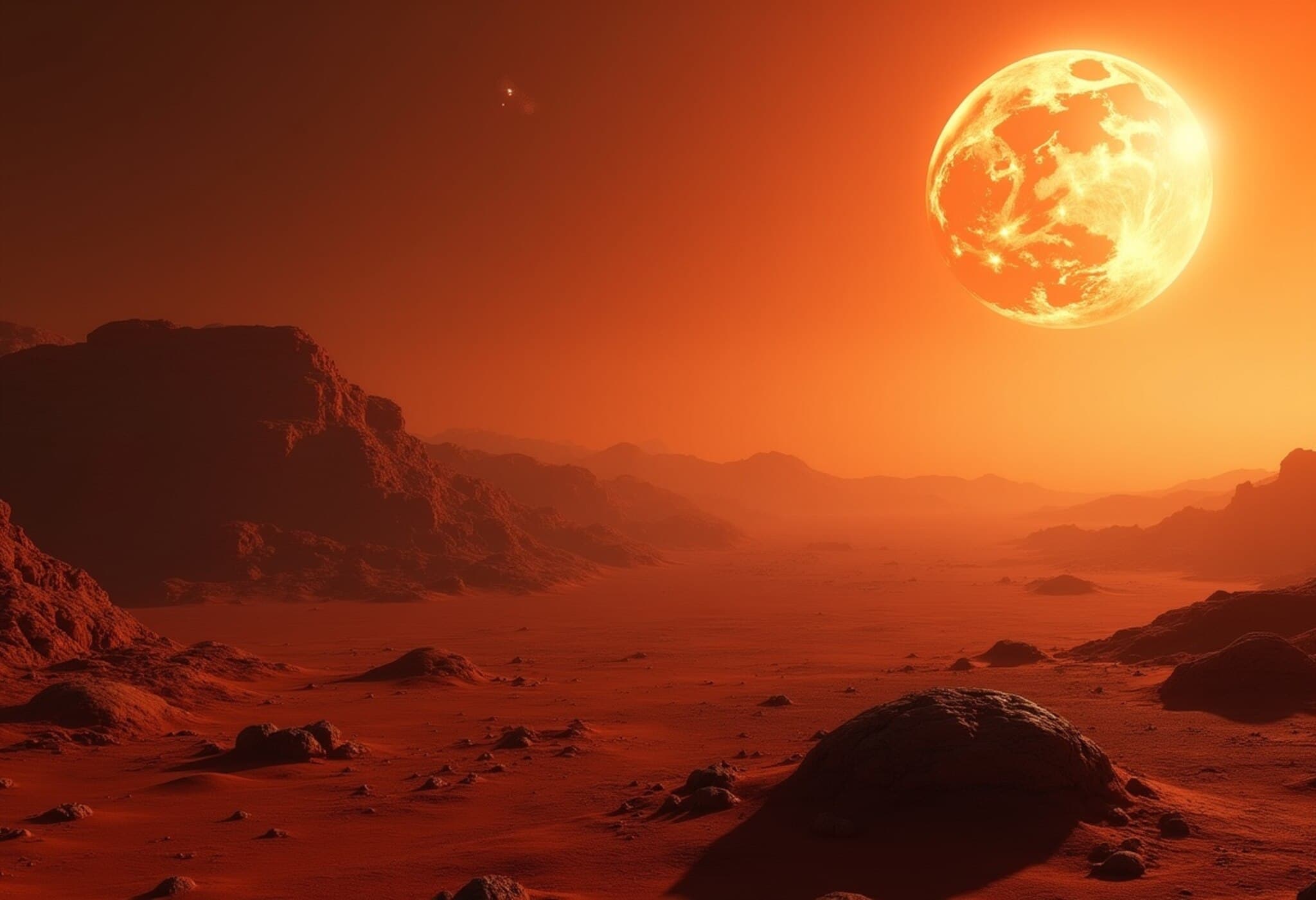Largest Piece of Mars Meteorite Set for Auction in New York
At first glance, it might appear as merely a hefty rock, but this 54-pound specimen tells a story etched across millions of miles of space and time. Identified as the largest known piece of Mars ever recovered on Earth, the meteorite, titled NWA 16788, is headed for auction at Sotheby’s in New York City.
A Cosmic Journey from Mars to Earth
This extraordinary meteorite was uncovered in the Sahara Desert, Niger, by a seasoned meteorite hunter in November 2023. Scientists believe it was violently ejected from the Martian surface following a massive asteroid impact, embarking on a 140-million-mile journey across the void of space before finally landing on our blue planet.
Cassandra Hatton, vice chairman for science and natural history at Sotheby’s, highlighted its significance: “This Martian meteorite is the largest piece of Mars we have ever found by a long shot. It’s more than double the size of the previously largest known Martian fragment.” Measuring nearly 15 inches long, 11 inches wide, and 6 inches tall, its reddish-brown-grey hues reveal a cosmic tale millions of years in the making.
Rarity and Scientific Importance
To put its rarity in perspective, out of over 77,000 meteorites cataloged on Earth, only about 400 are confirmed to originate from Mars. This makes the NWA 16788 not only a collector’s treasure but also a precious scientific specimen.
A small sample underwent rigorous testing in a specialized laboratory to authenticate its origin. Using chemical fingerprints from NASA’s Viking lander mission in 1976, researchers confirmed the rock’s makeup as an olivine-microgabbroic shergottite—a slowly cooled Martian magma rich in pyroxene and olivine crystals. The meteorite’s glassy exterior attests to the intense heat and friction it endured entering Earth’s atmosphere, bearing witness to its dramatic final descent.
What’s at Stake? Auction Details and Broader Implications
Set to headline Sotheby’s Geek Week 2025 natural history sale, this meteorite is expected to command between $2 million and $4 million. The auction also features remarkable items like a juvenile Ceratosaurus nasicornis skeleton—adding dinosaur lore alongside cosmic relics.
While the meteorite’s journey spanned eons and interplanetary distances, its future now rests on the auction block—with bids likely from private collectors, museums, and research institutions. This raises crucial questions about accessibility to rare extraterrestrial material for scientific study versus private ownership. In the broader American and global context, balancing public scientific benefit with private collecting rights continues to spark lively debates in planetary science and heritage preservation circles.
Expert Perspective: Why This Matters
Dr. Alan Roberts, a planetary geologist not associated with the auction, notes, “Meteorites like NWA 16788 offer irreplaceable windows into the geological history of Mars—information critical for understanding our planetary neighbor’s climate, geology, and potential for past life. When such specimens move into private hands, it can complicate scientific access.”
This auction also comes at a time of renewed interest in Mars exploration, as NASA and private companies gear up for future missions. Each fragment from Mars deepens our knowledge and connection to the Red Planet, underscoring that these celestial visitors are more than just rare rocks — they are messengers from another world.
Editor’s Note
- Historic Size and Rarity: NWA 16788 is the largest Martian meteorite ever found on Earth, holding nearly 7% of all Martian material discovered to date.
- Scientific Importance: Its unique mineralogy offers critical insights into Mars’ volcanic past and planetary evolution.
- Ownership Debate: The auction spotlights the tension between private ownership of rare extraterrestrial objects and their availability for public scientific research.
- Public Engagement: This milestone event may inspire a broader public fascination with planetary science and the origins of our solar system.
As the auction date approaches, the global community watches closely—not just to see who claims this cosmic relic, but to reflect on how humanity values and accesses the material heritage of other worlds.

